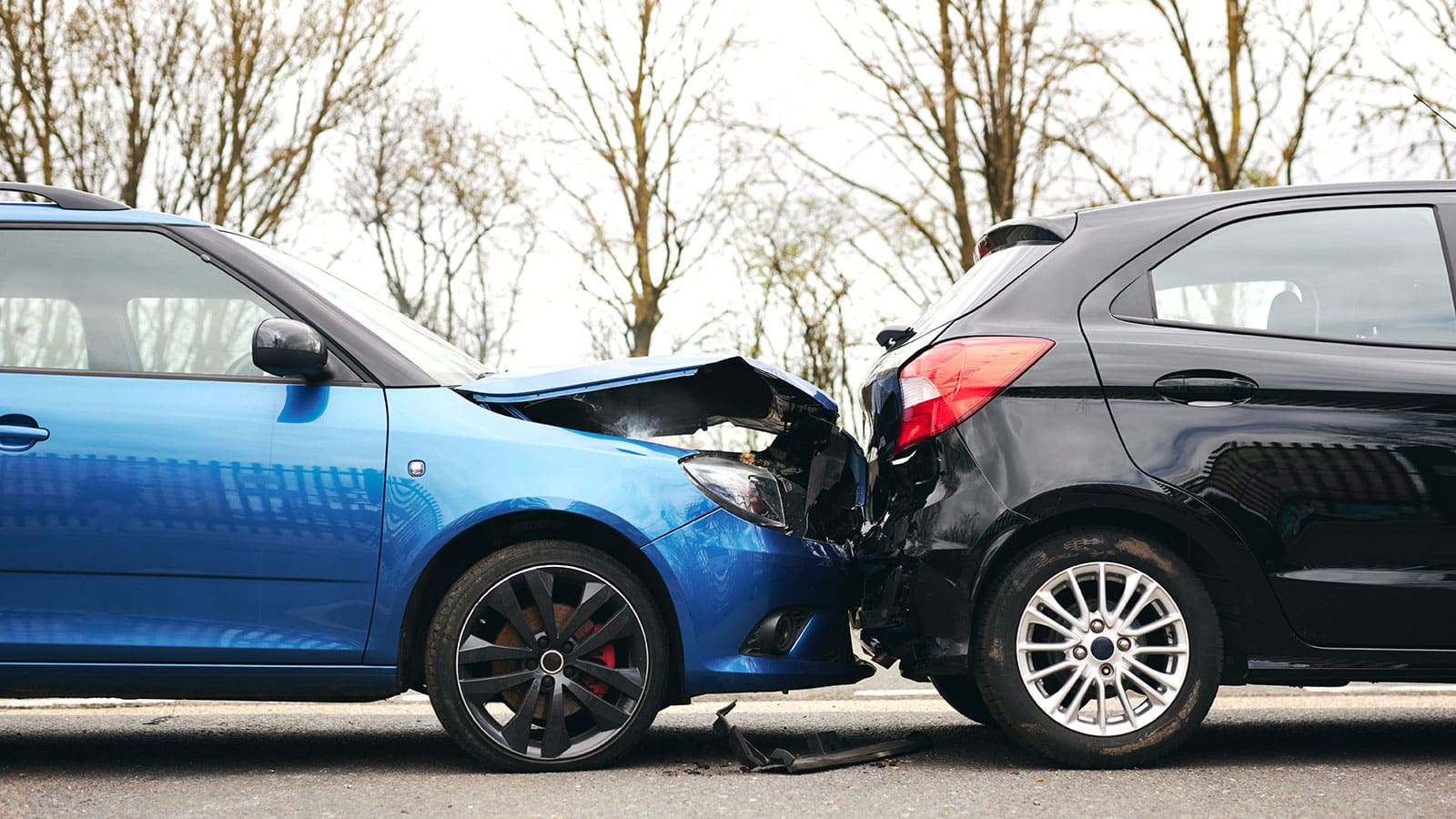
The Incident: A Routine Stop Turns into an Accident
A woman and her 10-year-old son were involved in a rear-end collision in Gainesville, Florida, after exiting I-75. The woman approached the intersection, came to a complete stop, checked for oncoming traffic, and began moving forward. However, she noticed another vehicle approaching and stopped again to avoid a collision.
The driver behind her, a young man, assuming she would continue merging, failed to stop in time and crashed into the rear of her vehicle. The collision resulted in both vehicles being declared totaled.
This raises an important legal question: Does the woman have a valid claim against the at-fault driver’s insurance company?
Florida’s Rear-End Collision Presumption of Negligence
Florida law generally presumes that in a rear-end collision, the driver in the back is at fault. The reasoning is simple: all drivers have a duty to maintain a safe following distance and be prepared to stop when necessary.
Under Florida Statute § 316.0895, a driver must not follow another vehicle more closely than is reasonable and prudent given the traffic conditions.
In this case, the woman in the front followed proper driving procedures by stopping to check for oncoming traffic. The driver behind her had the responsibility to maintain enough distance to avoid a crash, even if he assumed the woman would merge.
Can the Rear Driver Overcome the Presumption of Fault?
While Florida law generally places fault on the rear driver, there are limited circumstances where the presumption can be challenged. The at-fault driver may attempt to argue:
- The woman made a sudden and unexpected stop – However, stopping before merging into traffic is a normal and expected driving maneuver.
- The woman’s brake lights were not functioning – If proven, this could shift some liability, but absent evidence, it is unlikely to hold up.
- Comparative Negligence – Florida follows a modified comparative negligence system under the 2023 tort reform, meaning that if the front driver is found more than 50% at fault, she cannot recover damages. However, in a typical rear-end collision where the front driver stopped for traffic, proving comparative negligence is difficult.
What Compensation Might Be Available for the Victims?
In Florida, accident victims typically seek compensation from:
- Personal Injury Protection (PIP) – Covers up to $10,000 per person for medical expenses and lost wages, regardless of fault.
- Bodily Injury Liability (BIL) Insurance – If the at-fault driver carries $50,000 per person / $100,000 per accident in BIL coverage, this can compensate for damages beyond PIP if the injuries are severe.
- Property Damage Liability (PDL) – Covers vehicle repair or replacement costs up to the at-fault driver’s policy limit. However, if both cars were totaled, damages may exceed standard coverage.
- Other Coverages – The woman may also use Uninsured/Underinsured Motorist (UM/UIM) coverage if her damages exceed available insurance.
Example of Potential Compensation (Hypothetical Scenario)
To illustrate how compensation could work in a case like this, let’s assume the following:
- The woman suffered a moderate neck injury (whiplash with a disc herniation) requiring treatment and physical therapy.
- Her son sustained a minor concussion and soft tissue injuries.
- Medical expenses: $25,000 for the woman, $10,000 for the child.
- Lost wages: The woman missed two weeks of work, losing $3,000 in income.
- Pain and suffering (if serious injury threshold is met): Estimated at $30,000 for the woman.
- Vehicle replacement costs: Estimated at $40,000 total (if insurance limits apply).
Hypothetical Compensation Breakdown:
| Type of Compensation | Woman | Son | Total |
|---|---|---|---|
| PIP (Covers 80% of medical bills, 60% of lost wages) | $10,000 | $10,000 | $20,000 |
| BIL (Covers excess medical costs, pain & suffering) | $38,000 | $20,000 | $58,000 |
| Vehicle Replacement (PDL or At-Fault Driver’s Coverage) | $40,000 | N/A | $40,000 |
| Total Potential Compensation | $88,000 | $30,000 | $118,000 |
Important Note: This is a hypothetical example for educational purposes. Actual compensation depends on medical evidence, legal negotiations, and insurance policy limits.
What If Damages Exceed the Insurance Coverage?
If total damages exceed $100,000 for medical claims and property damage costs, the woman would have to explore other options, such as:
- Filing a personal lawsuit against the at-fault driver (but collecting depends on whether the driver has personal assets).
- Using her own Uninsured/Underinsured Motorist (UM/UIM) coverage, if available.
Does the Woman Have a Claim Against the At-Fault Driver’s Insurance?
Yes. Since Florida law presumes the rear driver is at fault in a rear-end accident, the woman has a strong case against the at-fault driver’s insurance company for damages, including:
✅ Vehicle repairs or replacement
✅ Medical expenses for herself and her son
✅ Lost wages (if applicable)
✅ Pain and suffering (if injuries meet Florida’s serious injury threshold)
Conclusion: Strong Case for Liability
Given the circumstances, the woman has a strong claim against the at-fault driver’s insurance. The key takeaway is that rear-end collisions in Florida almost always result in liability for the rear driver, unless exceptional circumstances exist.
If you or someone you know has been injured in a rear-end collision, seeking legal guidance can help protect your rights and ensure fair compensation. Contact an experienced personal injury attorney in Gainesville to discuss your case today.